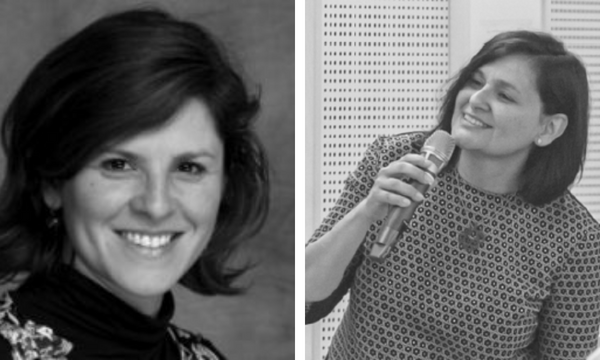Description :
The seminar focused on the structure of the United Nations Sustainable Development Goals (UN SDGs) and their applicability to urban design projects. Systems thinking was introduced as a method to help understand how the UN SDGs can be localized in the design process, and specifically in articulating the design situation and its stakeholders. We presented a series of case studies that show how the UN SDGs can be integrated by thinking about the municipal operations, the actors, and the metrics for understanding this alignment.
About the presenter:
Dr. Carmela Cucuzzella is a Professor in the Design and Computation Arts department, at Concordia University. She is founding co-director of the Next Generation Cities Institute (NGCI) at Concordia University. She holds the University Research Chair in Integrated Design And Sustainability for the Built Environment (IDEAS-BE). Her current research focuses on the design of spaces for health and aging in the city. Previously, her research focused on the didactic phenomena of eco- art, architecture and design in the city as a means for raising awareness and mobilizing sustainable action. Among many other peer-reviewed publications, she has recently published four books: (1) in 2022, she co-edited with Jean-Pierre Chupin and Georges Adamczyk, The Rise of Awards in Architecture. (2) In 2021 she co-wrote with Jean-Pierre Chupin Emmanuel Rondia and Sherif Goubran the open-access book, Reimagining Waiting for the Bus: Design Principles for Spaces Surrounding Bus Shelters, a creative guide, which is the result of an international competition, provides a synthesis of the best ideas in the form of a free resource aimed at stimulating citizen discussion and community group engagement around the improvement of small urban environments connected to bus stops. (3) in 2020 as a sole author, Analyzing Eco-architecture Beyond Performance offers an overview of the state of the field and constitutes a critical introduction to the study of environmentalism in architecture. Contrary to the technological and performative biases of most eco-design studies, the book helps to understand how meaning is embedded in all types of eco-architecture. (4) in 2020, she co-edited with Dr. Sherif Goubran, Sustainable Architecture between Measurement and Meaning takes the reader on a journey that distances itself from the mainstream approaches for sustainable architecture.
Watch the recording of the CIS:



